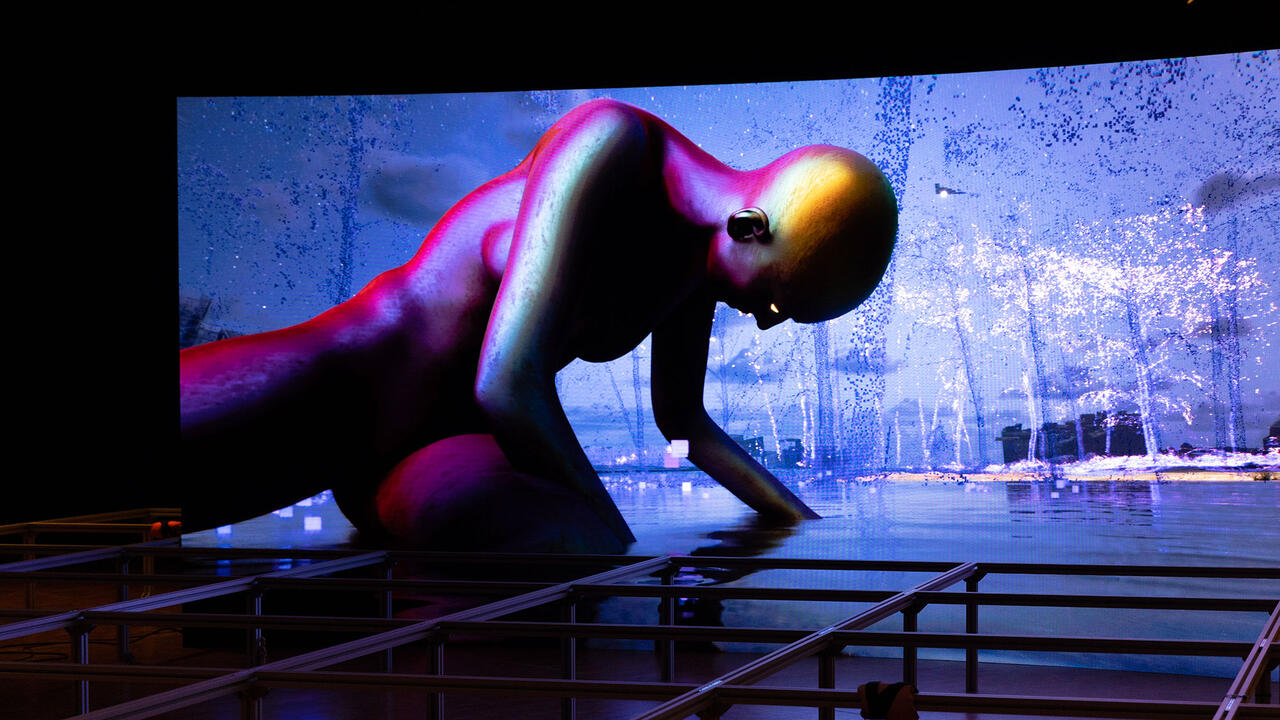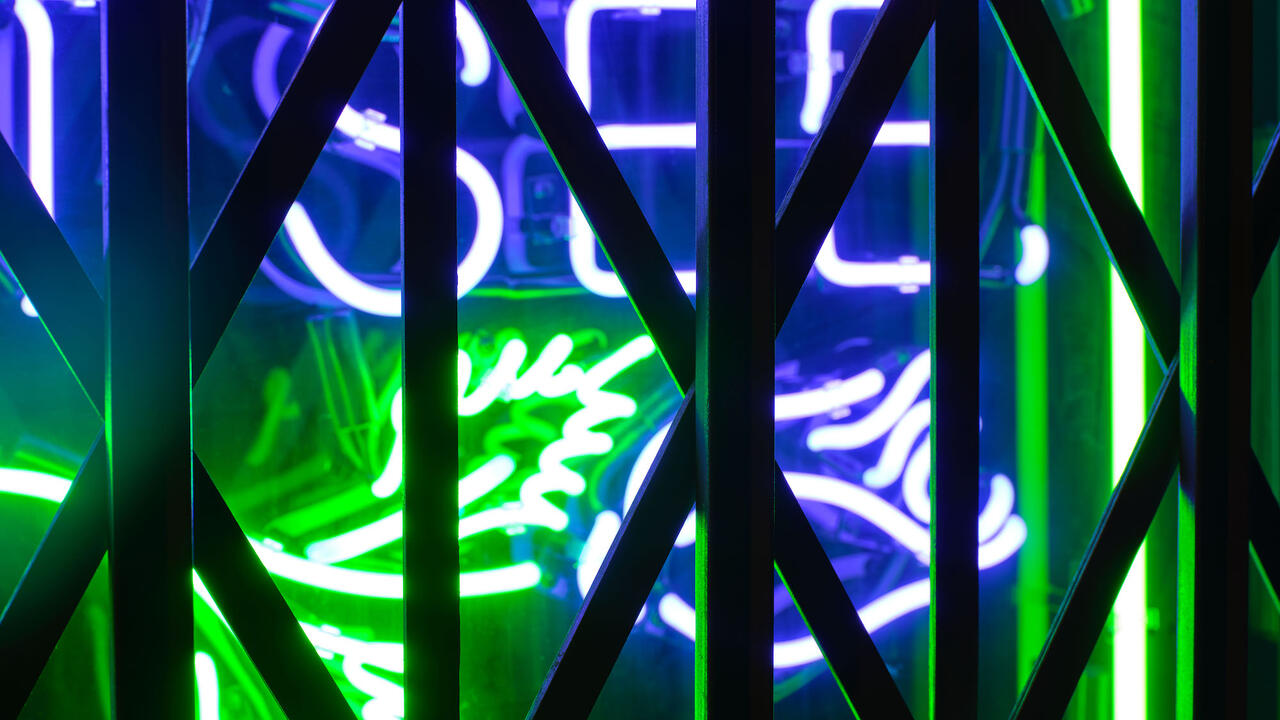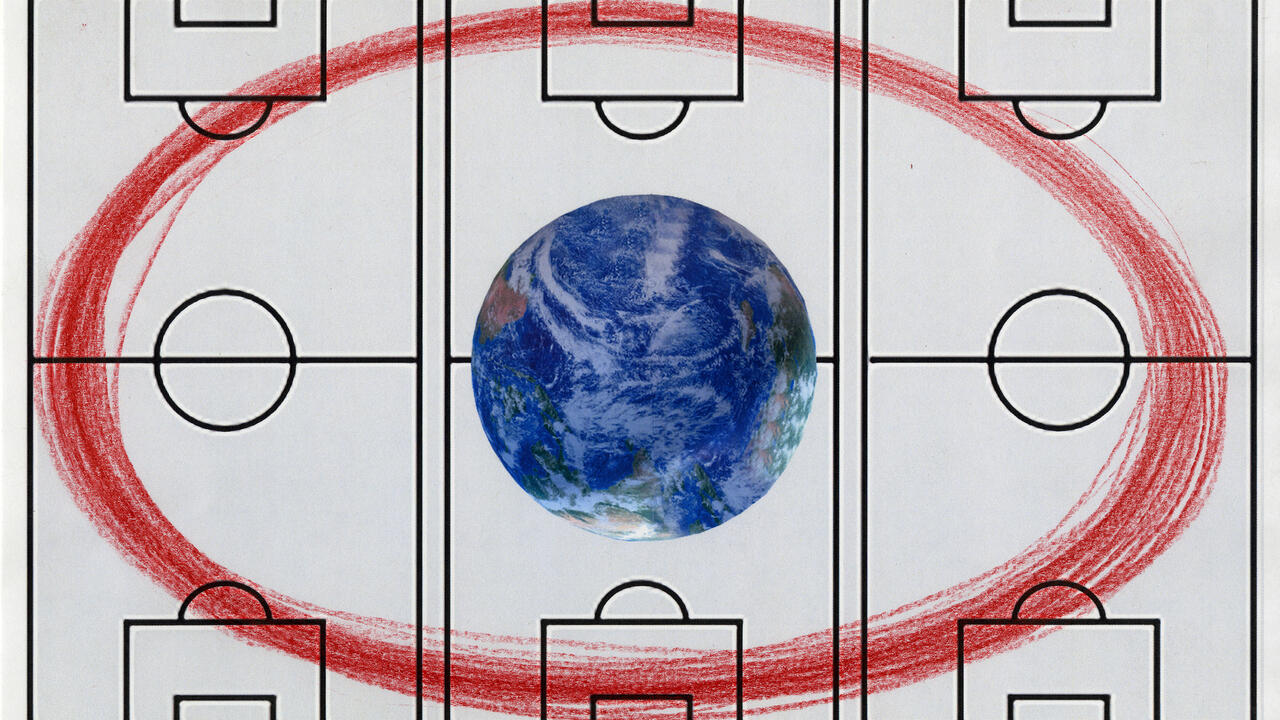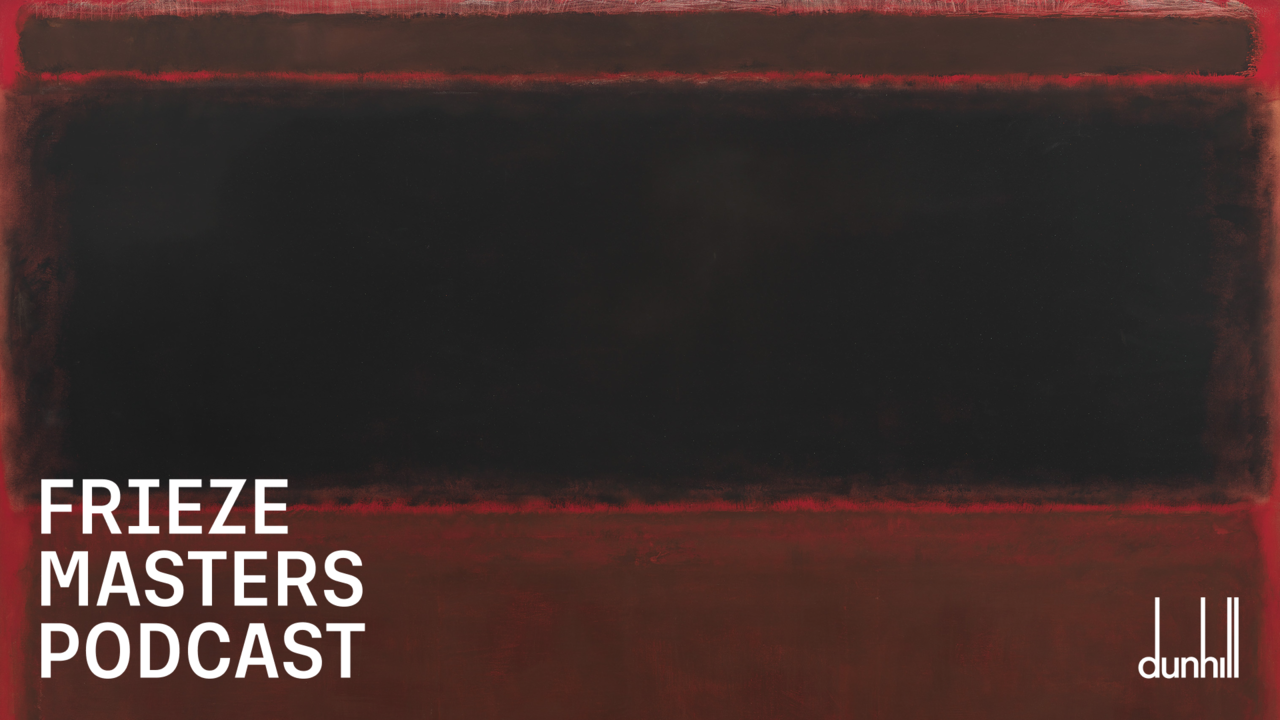Living in Evolution’
A report from the 2010 Busan Biennale
A report from the 2010 Busan Biennale
The title of this year’s Busan Biennale, the second biennial this autumn in South Korea, opening a week after the Gwangju Biennale, is ‘Living in Evolution’. Busan – the country’s second largest city and the world’s fifth largest port – is interspersed with bridges, bays and mountains. With building sites sprawling across it, the city seems to be in constant flux, an apt location for a biennial considering broader ideas of evolution. Curated by an international team led by Takashi Azumaya, an independent Japanese curator, the theme addresses two axes of human evolution: an individual’s personal growth and life span, and the longer, historical evolutionary path of intelligent life. Azumaya, in a brief discussion, argued that there were moments where the two axes connect, resulting in periods of individual and intellectual conflict or resolution. ‘Living in Evolution’ attempts to highlight both individual and wide-reaching intellectual experience. Spread between three sites, including a warehouse at a yachting club and one of Busan’s public beaches, Gwangalli Beach, the majority of works are housed in the Busan Museum of Modern Art. Many works highlight individual and personal growth. Imhathai Suwatthanasilp’s ‘DNA Series: Devotion, Nostalgia, Adoration’ (2010) comprises tufts of human hair cut from close friends and family, a keepsake of those whom she feels emotionally bonded. In Laurence Dervaux’s large-scale sculpture By Means of 7000 litres of blood pumped by the human heart in 24 hours, this sculpture represents the quantity of blood pumped in 1 hour and 28 minutes (2009), 750 glass receptacles containing various red liquids directly convey the amount of blood pumped by the human heart during this arbitrary time period. Other works integrate the personal with the psychological or metaphysical. In Stephen Wilks’ Metamorphosis (2010), an enormous textile caterpillar is suspended from the ceiling, accompanied by intimate drawings and larger paintings of the transformative process. Inspired by the Bates house in Alfred Hitchcock’s Psycho (1960), Alistair Mackie’s ghostly doll house stands empty, composed of 300 pulped papered wasp and hornet nests (House, 2008). Many works connect the personal to the universal, some more convincingly than others. In Tomoko Konoike’s Earth Baby (2009), a giant baby’s head constructed from mirrored glass revolves in a darkened room, awkwardly and flatly suggesting a singular being alone in the world. More successful is Saburo Muraoka’s Body Temperature (2010), a copper cylinder which is engraved with ‘36.7 C’ – Muraoka’s own temperature, slightly less than the standard 37 C – and constantly heated to that degree. In Dane Mitchell’s Cosmic Dust Collection (Extraterrestrial Smithereens), (2010), four satellite dishes placed on the museum’s roof patio relate science to the individual. As curator Friedrich Meschede writes in his catalogue essay: ‘They embody the idea of sensually grasping the invisible, the information from outer space or the coded signals from unknown enemies.’ More comically, in Akira Kanayama’s painting Googol (2002), a simple ‘1’ followed by 100 zeros highlights the late artist’s fascination with physics and mathematics, while simultaneously opening reference to the ubiquitous search engine of today. When thinking of human evolution, there is also the question of correlation between evolution and progress. Some artists challenge the idea of a positive relationship, and this is where the exhibition becomes most interesting. In Jin Meyerson’s large-scale painting Blunderbuss (2008–9), an electric conductor factory in Chernobyl has been torn apart, echoing the devastation caused by much human development. Kader Attia’s neon text piece Demo(n)cracy (2010), references the evolutionary and symbolic nature of language while ridiculing a certain ideology as progress. The most moving work in the exhibition rests on the top floor of the museum, In My Mother’s Footsteps (2004–9) by Yishay Garbasz. Here the artist traces her mother Salla’s footsteps from Berlin to the Netherlands to Birkenau, recapturing each place with a recent photograph accompanied by text from her mother’s memoir. Recalling her last day in the camp, Salla writes: ‘When the British soldiers came, they transferred us by ambulance to the barracks formerly occupied by the SS […] I remember that the soldier put me on a table, and a German nurse sponged me on my blanket. While she cleaned me up, she shook her head and said to the soldier in German, “we didn’t know, you must believe”.’ Poignant and heartbreaking, In My Mother’s Footsteps addresses the points where individual evolution and mankind’s ‘advancement’ collide – and points where evolution and ideology have had devastating results. Throughout human evolution, there are times where civilization has simply not progressed at all.













